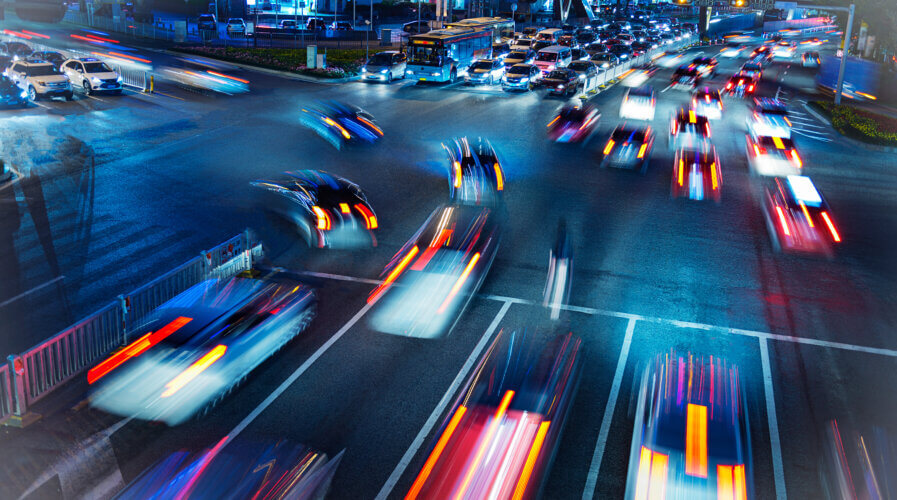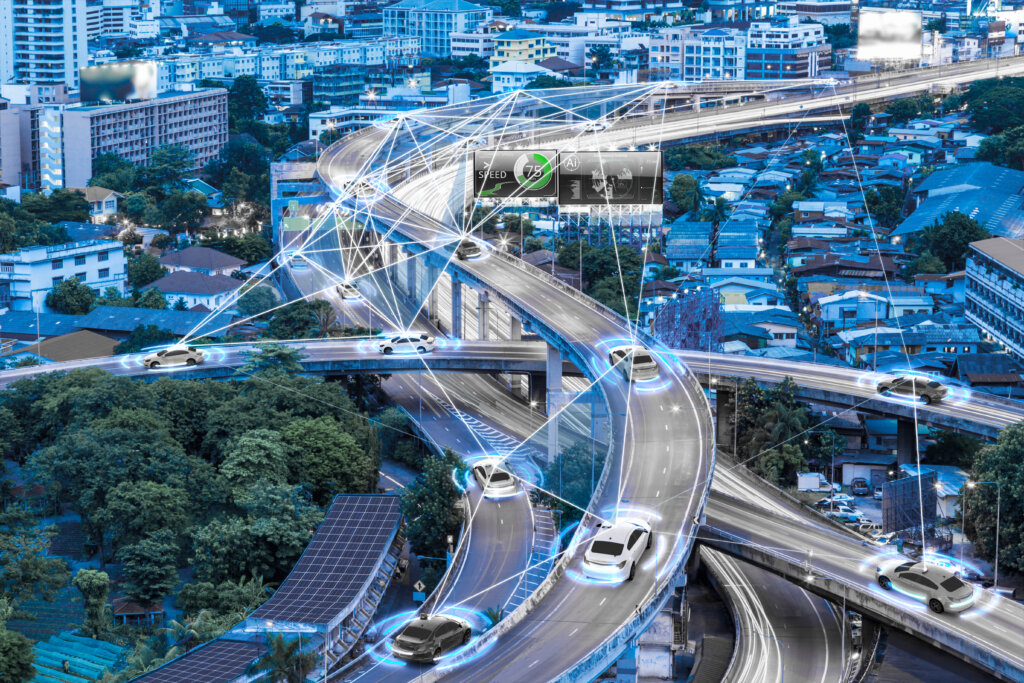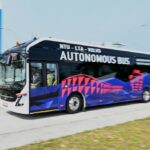
(Source – Shutterstock)
Reimagining transportation for Asia’s urban population
Article by Howie Sim, Senior Partner of Healthcare & Transport at NCS
Imagine transporting three billion people in Asia by 2050. That is a possibility the region faces as the population is expected to reach 4.9 billion in 2030, according to United Nations (UN). With urban migration showing no signs of slowing down, the pressure is on transportation infrastructure and systems to evolve and be sustainable in fast-expanding cities. City planners know that transportation infrastructure has the potential to shape cities both geographically and socially, so it is important to get it right.
When designed well, transportation infrastructure can bring people and things closer to support economic development, promote greater levels of pedestrianization and social inclusiveness, offer environmental protection, and construct more liveable cities. For most cities, transportation is one of the largest areas of spending, if not the largest. The Boston Consulting Group (BCG) notes that it is also an area of focus for innovation and entrepreneurship, where the past few years have seen the rise of ride-hailing and micromobility companies, autonomous driving pilots, and mobility-as-a-service (MaaS) platforms.
However, given the fact that new transportation projects usually involve the dispossession of land, striking a balance between efficient transportation and the overall public good is crucial. With this in mind, how do we reimagine cities of the future and plan urban transportation systems that offer the best possible outcomes for everyone involved?
Imagining cities of people: Resident-centered transportation
Building resident-centric transportation systems mean putting residents at the heart of urban mobility planning and considering the different demographics of the cities or towns these systems are intended to serve. There are two key demographic groups that will have the greatest demands on urban transportation infrastructure over the coming decades: senior citizens and youths of tomorrow.
A quarter of Singaporeans will be aged 65 or over by 2030, and other cities around the world are similarly grappling with aging populations. To ensure that residents can flourish well into old age, cities need to provide easily accessible high-quality public transportation that connects key amenities like healthcare centers and shops.
By contrast, younger people tend to travel further to work, socialize, and access amenities. For this demographic, tech-enabled mobility as a service (MaaS) has proved to be an effective urban transportation solution. Privatization can help to drive innovation in this space, but it may not be the best approach for transportation as a whole. As BCG notes, private and public mobility stakeholders typically have different goals.

Howie Sim, Senior Partner of Healthcare & Transport at NCS
MaaS can drive a more liveable and sustainable future for transportation since it reduces traffic congestion and mitigates carbon emissions. As MaaS grows in popularity, policymakers should incorporate MaaS to encourage citizens to use public or shared transportation options instead of private cars. Several countries and smart cities have already started pursuing MaaS. In Japan, a combination of ride-sharing, public transportation, and bike-sharing enables commuters in rural areas to travel between towns without worrying about multiple ticketing systems or payment methods.
MaaS platforms provide people with real-time information on the availability of transportation options and enable transport authorities to track the performance of different transport modes. An example is Singapore’s MyTransport.SG mobile app – an app that offers live updates on bus arrival timings and train service disruptions, amongst other features that commuters use when planning their journeys.
Imagining urban cities of things: Experience-centered transportation
In addition to designing transportation for key demographic groups, adopting an experience-centric approach to urban mobility planning is a must for reimagining transportation infrastructure for the future and how digital technologies can be used to enhance the commuter experience.
Without a doubt, artificial intelligence (AI) is a key driving force shaping the future of the transportation sector. AI is increasingly being used within the sector to enhance the user experience, and find the best routes and optimal speed of travel, as it accounts for data on traffic conditions, road works, and other factors. It is also being used by public and private organizations for tasks like asset management and traffic monitoring to improve road safety.
AI and advanced data analytics go hand-in-hand in transportation infrastructure design. We see organizations using advanced data analytics to understand how transportation assets are being used and how designs can be improved. For example, city planners can use advanced analytics to build infrastructure around well-worn paths, which sometimes diverge from planned ones.

(Source – Shutterstock)
Collecting anonymized data on commuter travel patterns during peak hours can also help city planners ensure transportation infrastructure is meeting the needs and expectations of people and organizations to the greatest possible extent. This could include monitoring road traffic with satellite technology and using the collected data to plan the construction, removal, widening, or narrowing of roads to ensure that traffic flows as smoothly as possible.
An experience-centric approach to transportation has also led to the concept of freeway removal which usually involves replacing freeways with parks, amenities, or residential buildings, with the intention of making urban areas more pedestrian- and bicycle-friendly. Illustrating this concept is the Singapore government’s plan to move some transportation infrastructure underground in order to “free up land for people-centric uses.”
Are AVs and UAVs the future of urban transportation?
Emerging technologies like autonomous vehicles (AVs) and unmanned aerial vehicles (UAVs or drones) are expected to play a significant role in the future of urban mobility systems. These technologies have the potential to unlock major benefits for cities, including reduced greenhouse gas emissions and more efficient last-mile deliveries. According to a McKinsey report on the future of last-mile deliveries, “automation has significant potential to increase efficiency. Autonomous delivery vehicles (ADVs) are and will be the dominant technology in this regard, and they have the power to reshuffle the entire industry.”
Technological developments in the last-mile delivery ecosystem are also occurring at a faster pace than expected. In a recent technological testbed on Sentosa, Grab and NCS, with the support of Sentosa Development Corporation, teamed up to pilot an AV robot food delivery service designed to serve guests on Sentosa’s beaches and food and beverage merchants along Siloso Beach. Running on Singtel’s 5G Standalone (SA) network, this first food delivery trial featuring Island A.H.B.O.I., the AV robot, is poised to utilize the improved connectivity to provide prompt service in the receiving and deployment of orders.
Imagining cities of people and things to aid urban mobility planning requires both resident-centered and experience-centered transportation approaches. By leveraging digital technologies and embracing new, cleaner sources of energy and modes of transport, we can ensure that the right infrastructures and regulatory frameworks are in place to support new innovations in the urban mobility space.
Ultimately, strong partnerships between private enterprises and governments will be key to unlocking the full potential of these innovations.
The views in the article are that of the author and may not reflect the views of this publication.
READ MORE
- The criticality of endpoint management in cybersecurity and operations
- Ethical AI: The renewed importance of safeguarding data and customer privacy in Generative AI applications
- How Japan balances AI-driven opportunities with cybersecurity needs
- Deploying SASE: Benchmarking your approach
- Insurance everywhere all at once: the digital transformation of the APAC insurance industry


